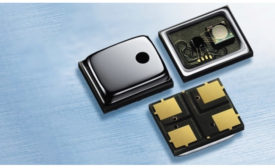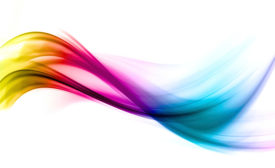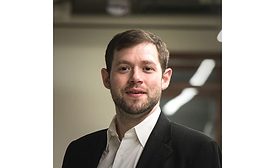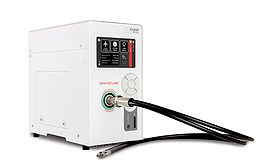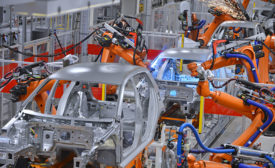Curing
Product Profile
Newly developed UV-activated, dual-cure silicones can protect sensors in autonomous vehicles from the heat, cold, moisture, and stress that result from the rigors of the automotive environment.
Read More
Previewing RadTech UV+EB 2022
Attendees of RadTech UV+EB 2022 can expect over 100 informative presentations, multiple educational opportunities, and a comprehensive exhibition showcasing the latest in ultraviolet- and electron beam-related technologies.
May 3, 2022
Registration Opens for RadTech 2022
The event will feature more than 100 presentations covering the latest industry innovations.
January 24, 2022
RadTech Announces New and Re-elected Board Members
The RadTech board expressed thanks to Todd Fayne of PepsiCo, who has rotated off the board after reaching term limits.
January 6, 2022
EXCELITAS TECHNOLOGIES CORP.: Next-Generation Spot UV Curing System
The system features proprietary OmniCure closed-loop feedback control technology, which automatically monitors and maintains the optical output for a repeatable curing process.
November 30, 2021
Excelitas to Highlight Curing Systems for Medical Device Manufacturers at MD&M Minneapolis
MD&M Minneapolis will take place November 3-4 at the Minneapolis Convention Center.
November 3, 2021
ASSEMBLY in Action
Myriad adhesives and related technologies will be showcased at The ASSEMBLY Show.
October 21, 2021
Keep the info flowing with our eNewsletters!
Get the latest industry updates tailored your way.
JOIN TODAY!Copyright ©2025. All Rights Reserved BNP Media.
Design, CMS, Hosting & Web Development :: ePublishing
